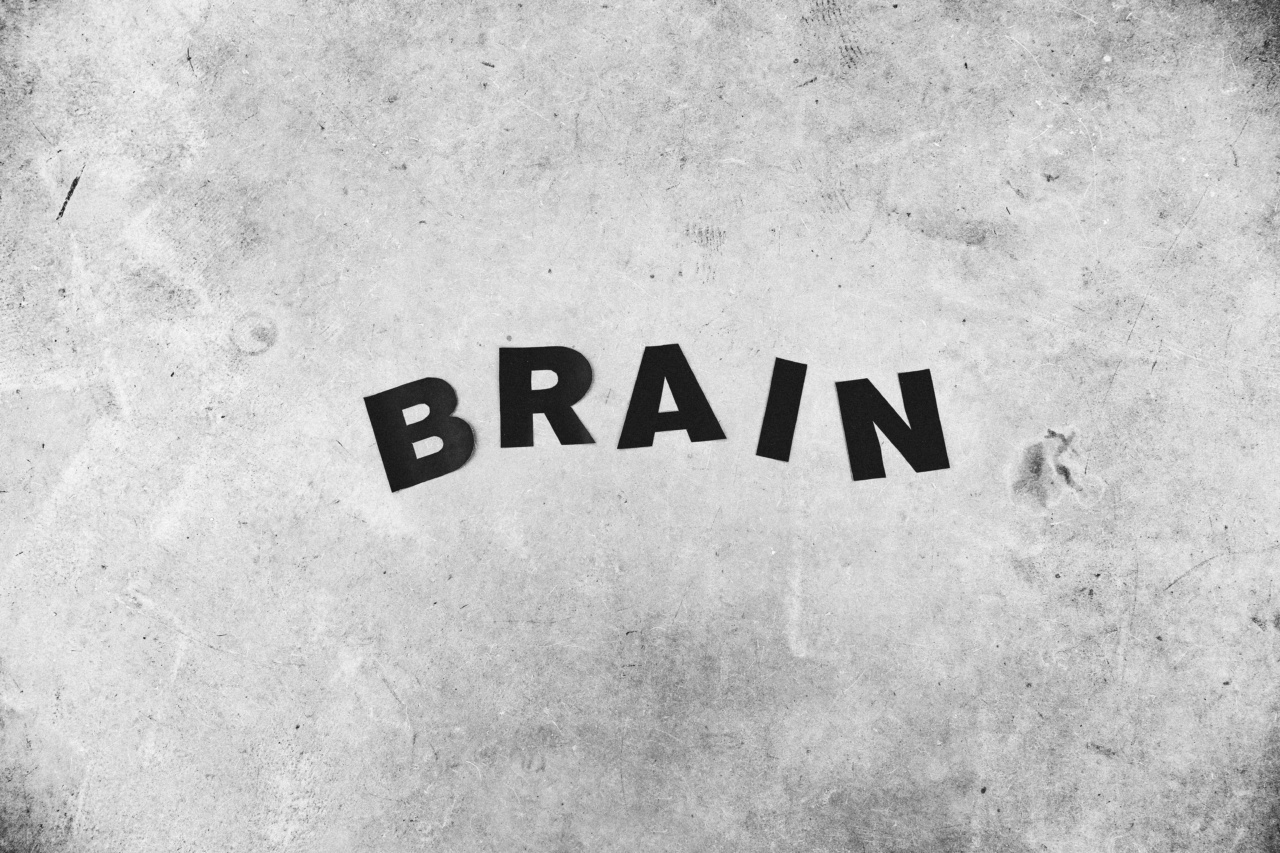As individuals age, they often experience a decline in memory function. This can lead to difficulties in everyday activities and a decreased quality of life.
However, recent research has shown that brain stimulation techniques can effectively improve memory function in elderly individuals. These techniques involve stimulating specific areas of the brain through various methods, such as electrical stimulation, transcranial magnetic stimulation, or cognitive training.
In this article, we will explore these brain stimulation techniques and discuss their effectiveness in enhancing memory function in the elderly.
The Aging Brain and Memory Function
Before delving into the different brain stimulation techniques, it is important to understand how the aging process affects memory function. As individuals grow older, they may experience changes in brain structure and function that can impact memory.
The hippocampus, a region of the brain crucial for forming new memories, tends to shrink in size with age. Additionally, there may be a decrease in the production of certain neurotransmitters that play a vital role in memory processes.
These age-related changes can result in difficulties with learning new information, recalling recent events, or even remembering familiar faces and names.
While some degree of memory decline is considered a normal part of aging, severe memory impairments can be indicative of neurodegenerative conditions such as Alzheimer’s disease.
Brain Stimulation Techniques
Brain stimulation techniques encompass a range of interventions that aim to improve brain function by targeting specific neural circuits.
The following are some of the most widely studied brain stimulation techniques for enhancing memory function in elderly individuals.
1. Transcranial Direct Current Stimulation (tDCS)
tDCS involves the application of a weak electrical current to the scalp, which modulates the excitability of underlying brain regions.
Studies have shown that tDCS can enhance memory performance in older adults by stimulating the dorsolateral prefrontal cortex (DLPFC) or the hippocampus. These brain areas are involved in processes such as attention, working memory, and episodic memory formation.
2. Transcranial Magnetic Stimulation (TMS)
TMS utilizes electromagnetic induction to generate brief, focused magnetic pulses that pass through the skull and stimulate targeted areas of the brain.
By applying TMS to specific regions involved in memory, such as the prefrontal cortex or the parietal cortex, researchers have observed improvements in memory function in older adults. TMS can be particularly effective in combination with cognitive training.
3. Cognitive Training
Cognitive training refers to structured activities designed to enhance cognitive processes like memory, attention, and problem-solving.
Combining cognitive training with brain stimulation techniques can yield synergistic effects on memory function in elderly individuals. Examples of cognitive training programs include memory exercises, attentional control tasks, and strategy-based learning programs.
4. Virtual Reality (VR)
Virtual reality has gained popularity as a tool for cognitive rehabilitation in elderly individuals. By creating immersive and interactive environments, VR can engage multiple sensory modalities to stimulate memory networks.
VR-based memory training programs have been shown to improve memory function in older adults by enhancing spatial memory, episodic memory, and prospective memory.
5. Mnemonic Strategies
Mnemonic strategies involve the use of memory aids or techniques to enhance memory performance. These strategies can be especially helpful for older adults experiencing age-related memory decline.
Examples of mnemonic techniques include visualization, chunking, acronyms, and the method of loci. When combined with brain stimulation techniques, mnemonic strategies can further boost memory function in the elderly.
Effectiveness of Brain Stimulation Techniques
Various studies have demonstrated the potential of brain stimulation techniques to improve memory function in elderly individuals.
For example, a recent randomized controlled trial found that participants who received tDCS combined with cognitive training showed significant improvements in episodic memory compared to those who received sham stimulation.
In another study, researchers investigated the effects of TMS combined with virtual reality on memory performance in older adults with mild cognitive impairment.
The results showed significant enhancements in both short-term and long-term memory after the intervention, highlighting the effectiveness of this combined approach.
Furthermore, meta-analyses analyzing the effectiveness of different brain stimulation techniques have consistently suggested that these interventions have positive effects on memory function in elderly individuals.
These findings provide promising evidence for the potential use of brain stimulation techniques as non-invasive and safe interventions for memory enhancement in the aging population.
Conclusion
Memory decline is a common concern among elderly individuals, but recent research indicates that brain stimulation techniques can significantly improve memory function in this population.
Whether through electrical or magnetic stimulation, cognitive training, virtual reality, or the use of mnemonic strategies, these techniques offer non-invasive and promising ways to enhance memory in older adults. As our understanding of the brain continues to evolve, incorporating these brain stimulation techniques into memory rehabilitation programs may become a common practice to improve the cognitive health and overall well-being of elderly individuals.



























